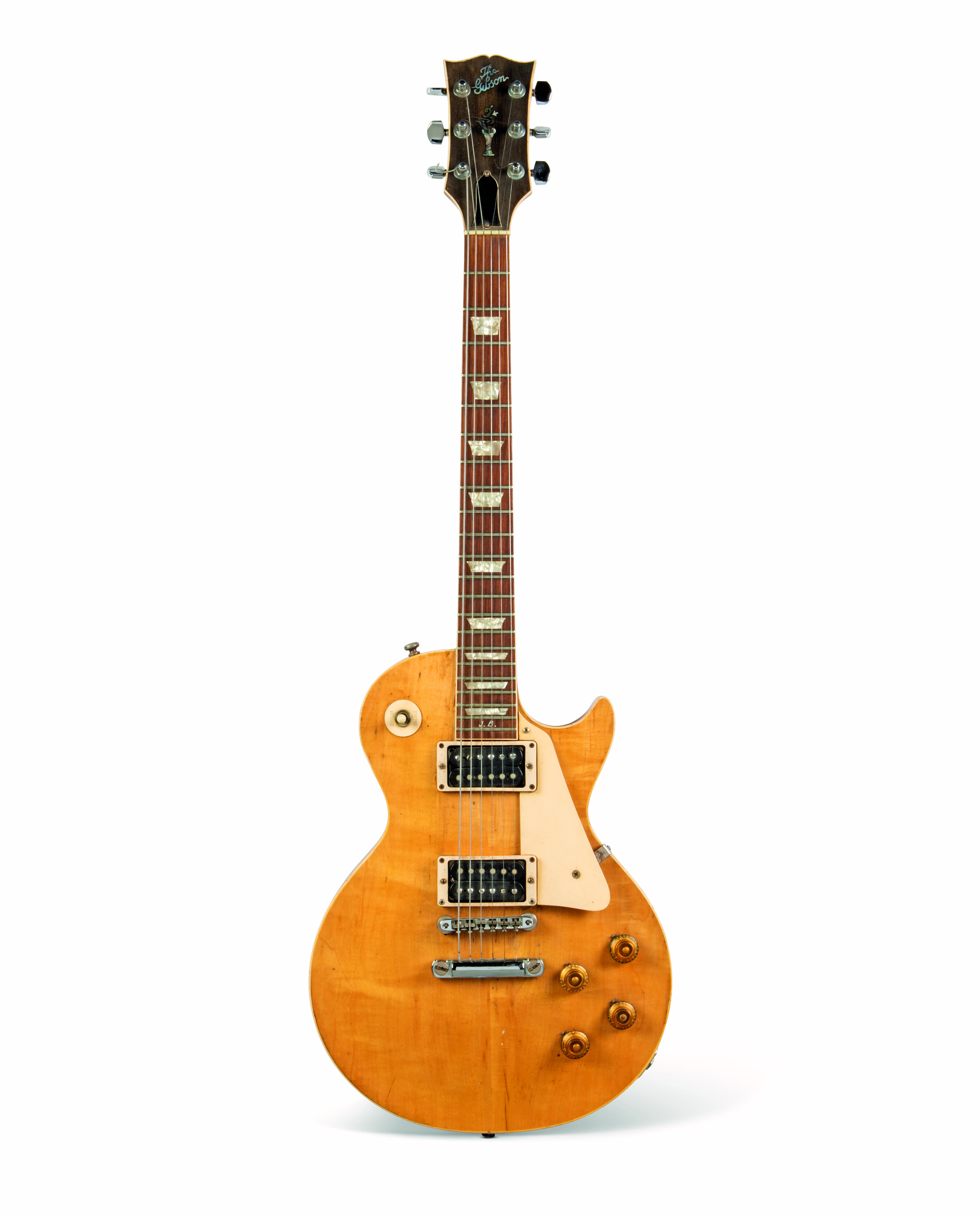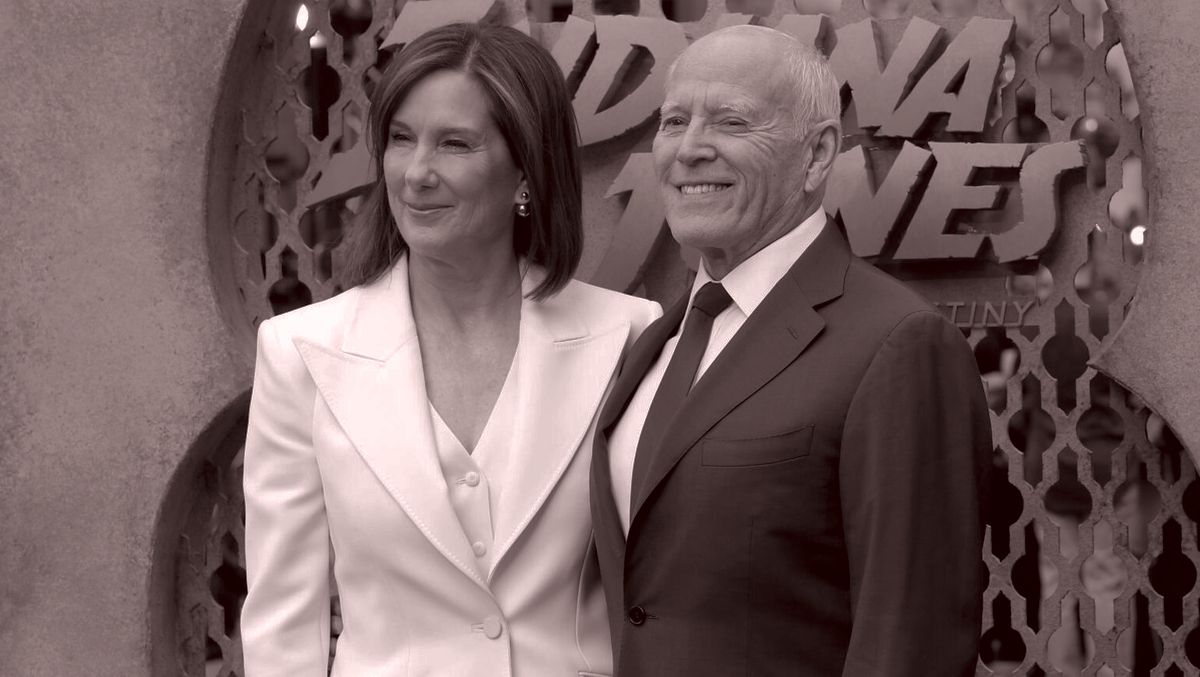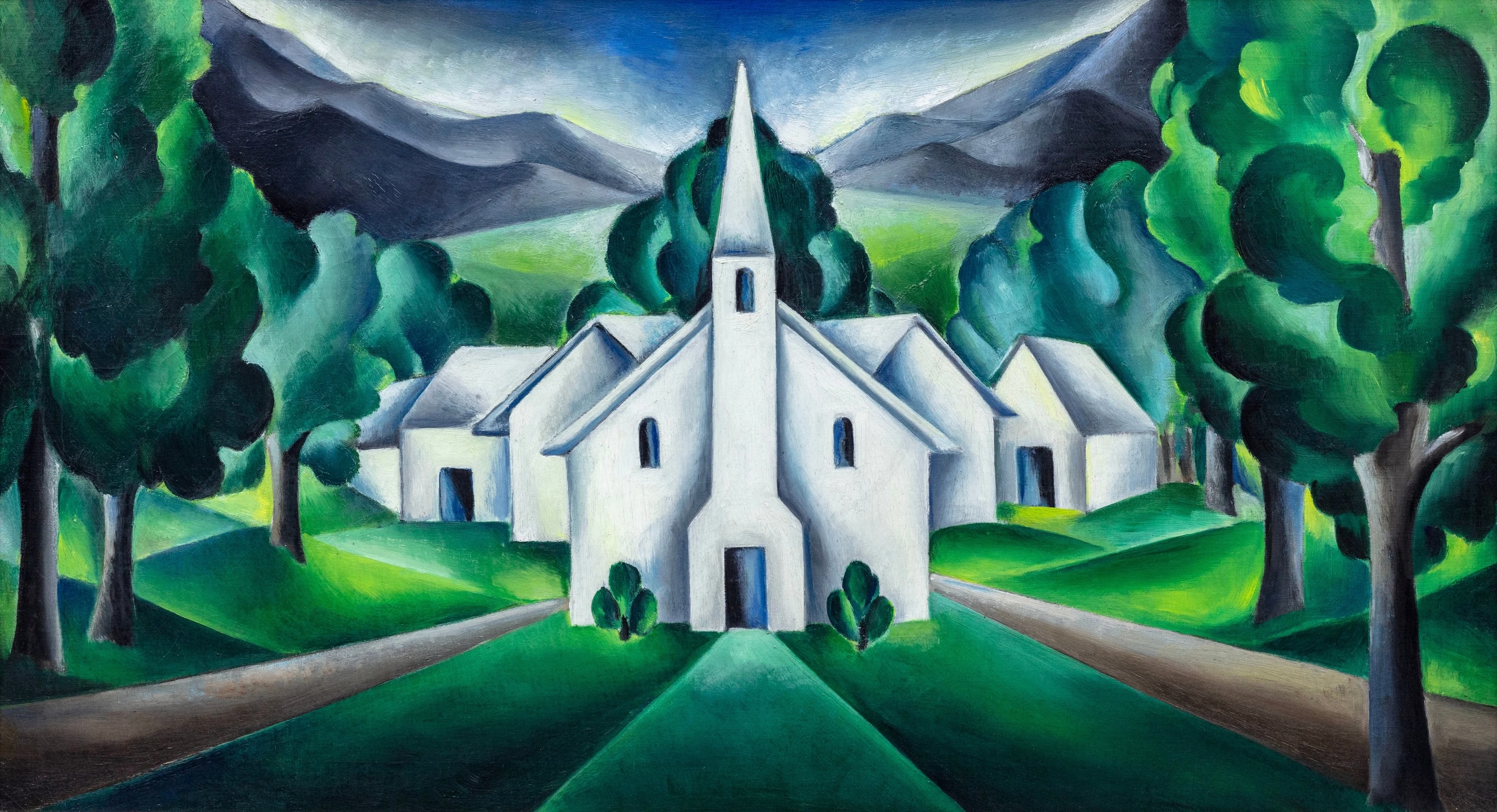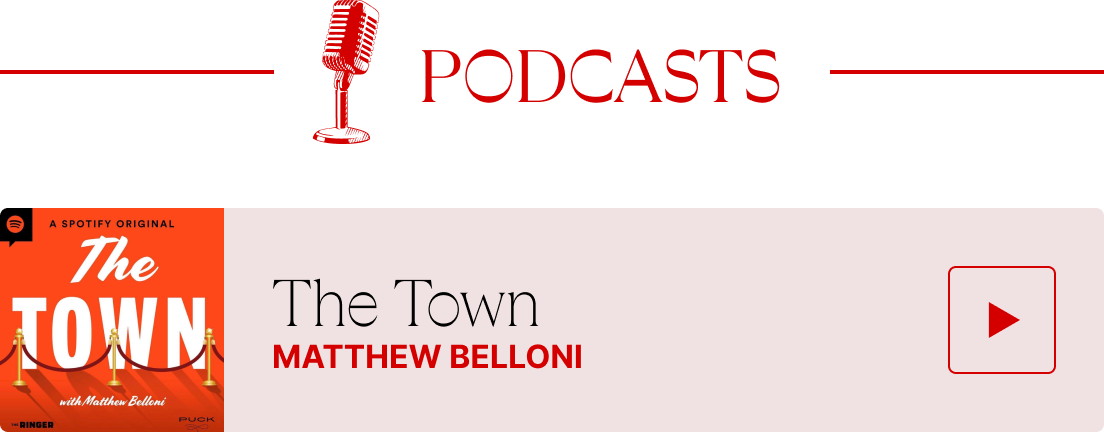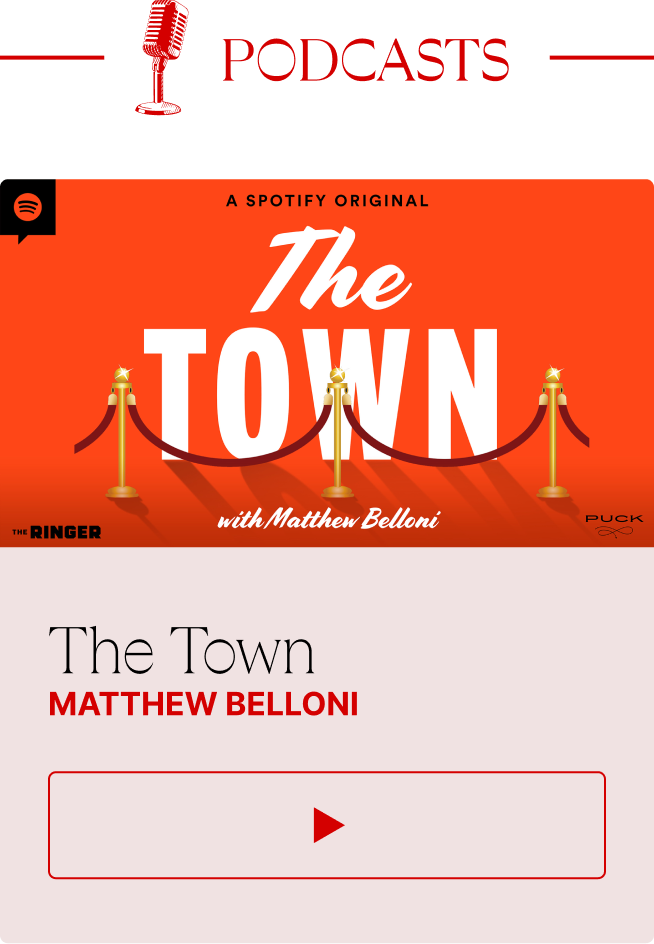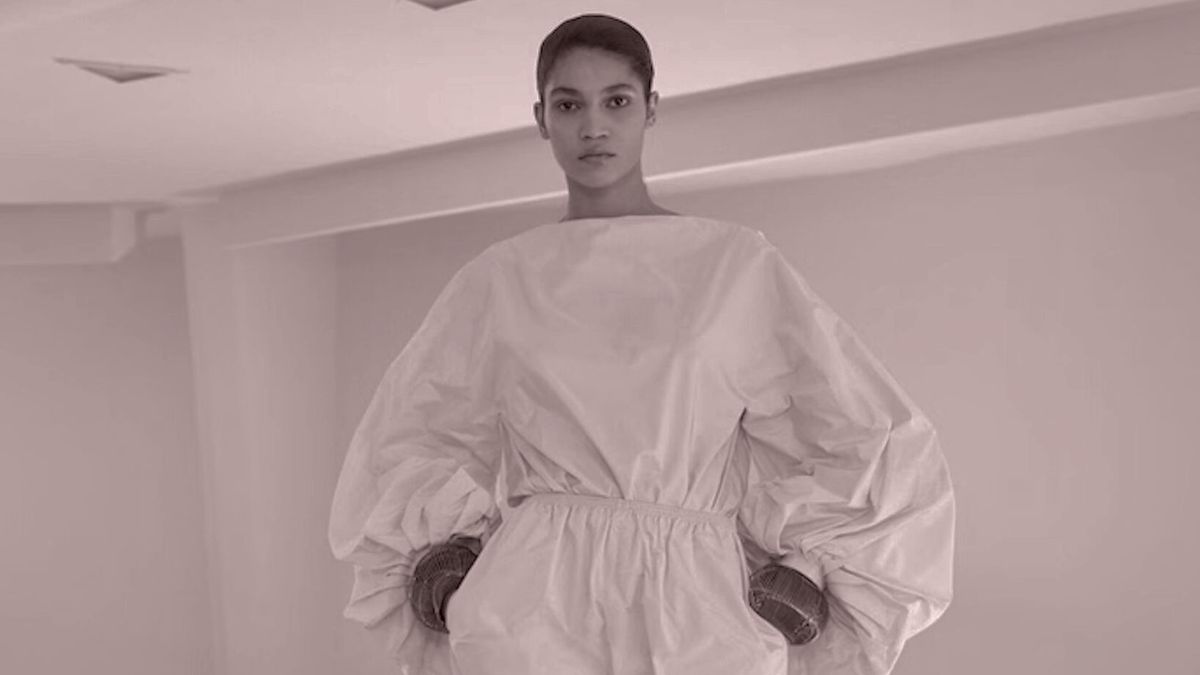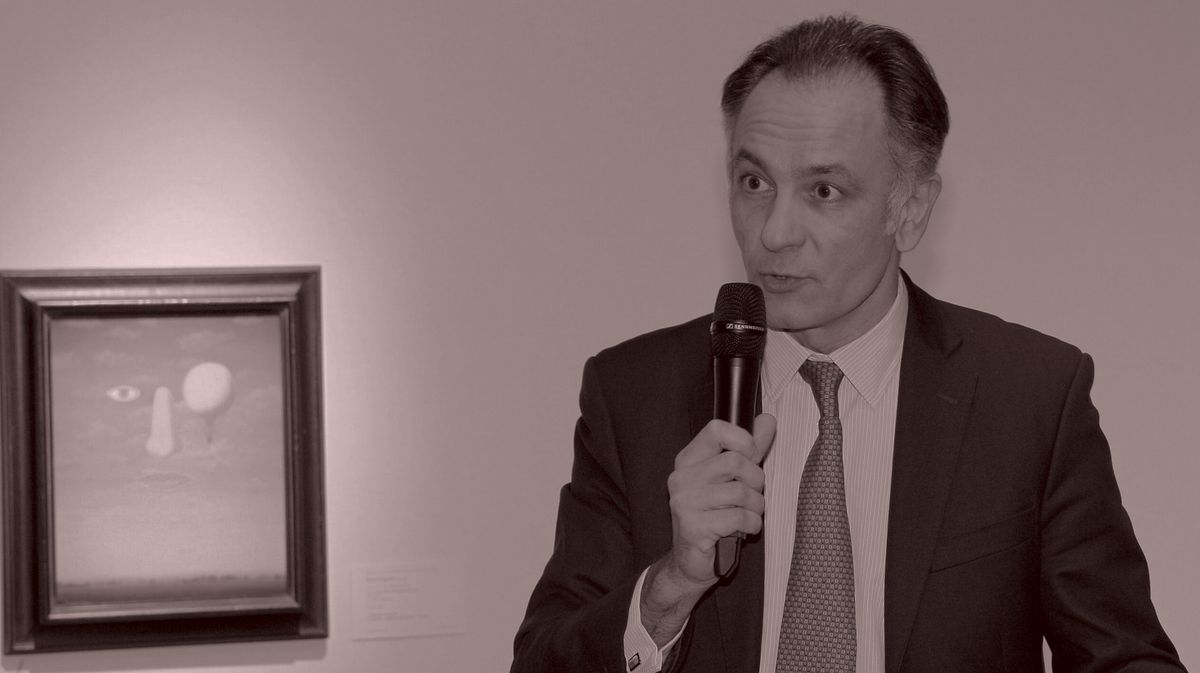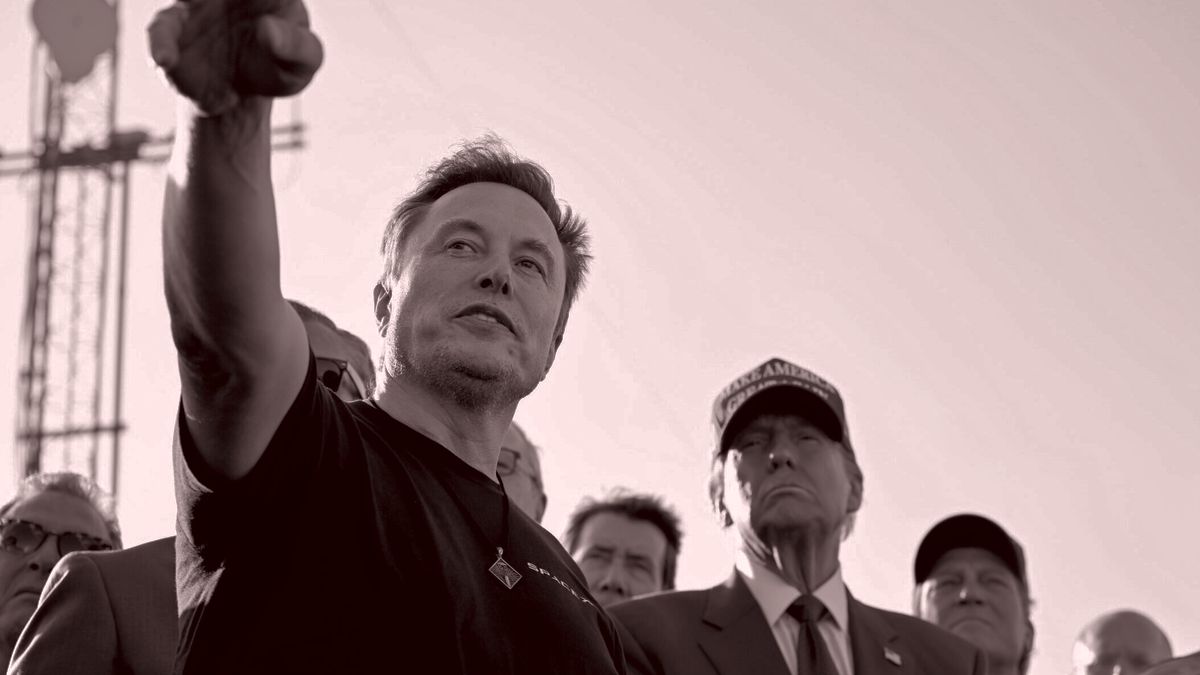Welcome back to Wall Power, now coming to your inbox four times
a week with the most important art market stories. Naturally, that includes my weekly special issue for Inner Circle subscribers who really want to know the score. I’m Marion Maneker, joined by my new partner, Julie Davich.
By the
way, if you spot Julie out on a Thursday or Friday night for gallery openings, please introduce yourself: She’s our eyes on the market. Julie told me that she’s been impressed by the number of art lovers that she’s seen out and about, especially last Friday night at the Tribeca openings and nearby restaurants. If you don’t see Julie but want to tell her about something great at a gallery—or not so great, if that spirit moves you—send her a note at
JDavich@puck.news.
Got a well-lit place in your study or trophy room for a glowing, golden Les Paul, played live onstage in the 1960s by electric blues legends Jimi Hendrix, Jimmy Page, and Jeff Beck? If so,
you’re in luck: Christie’s has 128 of Beck’s guitars, amplifiers, and other instruments for sale this week. If giants of rock
aren’t your thing, there’s also a collection of American regional paintings from the couple who brought you E.T., Indiana Jones, and Star Wars. For today’s issue, Julie spent some time with Barbara Guggenheim, the art advisor who helped assemble this narrative art collection with Kathleen Kennedy and Frank Marshall, the founders, along with Steven Spielberg, of Amblin Entertainment.
But first, here’s a bit more on Beck…
|
Making Jeff Beck’s Guitar
Show
|
Jeff Beck’s Yardburst, 1959 Gibson Les Paul played by Jimmy Page and Jimi Hendrix onstage repeatedly, estimated at £40,000.
|
Christie’s doesn’t hold regular auctions of musical instruments
anymore. In recent years, however, the house has developed a specialty in presenting the personal guitar collections of rock gods like Eric Clapton, David Gilmour, and Mark Knopfler, which have generated as much as $21 million. This really shouldn’t be a surprise. Not too long ago, works of art and jewelry with royal and aristocratic provenance were prized above all others. These days, the personal effects of celebrities often sell for prices
far in excess of their intrinsic value.
The latest collection on the auction block is that of Jeff Beck, who never achieved the commercial success of Jimmy Page or Clapton, but cemented his place in the popular imagination (and within the music industry’s first estate) as an uncompromising perfectionist and virtuoso. And since Beck died two years ago, these guitars
are more than talismans of talent and fame—they are also memento mori. According to Christie’s Amelia Walker, who leads the private and iconic collections group, Beck’s appeal stretches beyond Boomers looking to relive their adolescence. “We’ve had people from all over the world, all ages, all walks of life, ” she said of his broad base of admirers. “Many only know him from live performances in the 21st century.”
In an essay accompanying the sale of
Beck’s 90 guitars and other assorted instruments and amplifiers, Chris Gill, an editor at Guitar World, wrote that “dozens of guitarists can be described as truly great, but Beck was one-of-a-kind, inimitable, and revolutionary.” He pioneered the use of distortion in his first recording with The Yardbirds, and although he would eventually become a jazz fusion guitarist, his work launched or inspired a variety of genres. During his career, he would play with virtually
everyone of note, including Hendrix, Stevie Wonder, Diana Ross, Nile Rodgers, Rod Stewart, and Mick Jagger.
According to Walker, provenance and recording history have an outsize bearing on the ultimate value of these guitars. The instrument with the highest estimate is Beck’s
1954 Gibson Les Paul—the namesake of the guitarist who inspired Beck to take up the instrument in the first place—called “the Oxblood.” This specific instrument came late to Beck, during a period in the early 1970s when ZZ Top opened for Beck, Bogert & Appice—a band built out of the remnants of Vanilla Fudge. Beck wanted the fat sound that Billy Gibbons
was getting in his power trio, but it took him some time to find the right guitar. The custom chocolate-colored Les Paul he eventually found, estimated at £350,000, would feature prominently in an illustration on the cover of Beck’s first solo album, Blow by Blow.
Another Les Paul, this one from 1959, was Beck’s primary guitar when he played in The Yardbirds. It originally had a sunburst—which is how it got its nickname, “the Yardburst”—though Beck had it stripped down to a blonde finish. Even with a modest £40,000 estimate, this guitar is likely to demand attention, given that Page played it onstage when he filled in for Beck during an American tour with The Yardbirds. The same guitar would also be played years later by Hendrix, when Beck had
a weeklong residency at a New York club, and Hendrix, who was recording nearby, would drop by to sit in. (A lefty, Hendrix would flip the Yardburst over to play it.)
Beck switched in the mid-’70s to playing a Fender Stratocaster, often in white, like the ones wielded by his early heroes. “Anoushka,” the custom-built white Strat that Beck played consistently for 15 years, from 1999 to 2014, and which served as his main guitar for longer than any other in his career, is being offered with a £20,000 estimate. Don’t expect that guitar to sell for such a paltry sum. Beck was known among guitar players as a “Strat guy,” and this will be among the ultimate prizes from the string-bender’s legacy.
Some unexpected guitars include the pink Jackson Soloist that Beck played on Tina Turner’s “Private Dancer” single, which he asked her to sign in lieu of payment. Turner didn’t have a pen, so she carved her name in the guitar body. That’s got to be worth a lot more than the £8,000 that Christie’s has estimated the bidding
will reach. With such unique objects, estimates in these types of sales rarely account for sentiment and mystique.
Now, for the main event…
|
|
|
Kathleen Kennedy and Frank Marshall decided to sell their collection
six months before fires ravaged Los Angeles. Now, dozens of 20th century works are safe, sound, and for sale in Tribeca.
|
|
|
About six months ago, Lucasfilm president Kathleen
Kennedy and her husband, the film producer Frank Marshall, made a prescient call to their art advisor, Barbara Guggenheim. The couple, who live in Sullivan Canyon in Brentwood, were nervous about the risk of wildfires and wanted to sell the collection of 20th century American regionalist and social realist art that they’d built over nearly four decades.
Guggenheim—who first met the couple in the ’80s,
when they were working with Steven Spielberg and George Lucas on E.T. and the Indiana Jones movies—was determined to see the works presented in a cohesive way that honored the couple’s vision. The result is American Stories: The Kathleen Kennedy and Frank Marshall Collection, an exhibition (and accompanying catalogue) on view at New York dealer Andrew Schoelkopf’s Tribeca gallery through February 28.
The show arrives amid an undeniably complex moment in Los Angeles. Kennedy and Marshall’s home was spared from the fires, and yet so many others were destroyed, likely including the loss of a good deal of art, too. Meanwhile, if you’ve been reading my partner Matt Belloni, you know Kennedy’s role as the head of Disney-owned Lucasfilm has long been the subject of industry gripes and conjecture
that her position is untenable. None of this would be particularly jarring to Guggenheim, the widow of hard-nosed entertainment attorney Bert Fields, and someone who has counted Lucas and Tom Cruise as clients.
When Guggenheim first started working with Kennedy and Marshall, she landed on the idea of “narrative art” as a guiding principle—a theme that she
believed would resonate with the filmmaking couple. The collection consists of 39 works by artists whom Guggenheim described as “socially responsible storytellers.” There are strong examples by Romare Bearden, Thomas Hart Benton, Jacob Lawrence, and Ben Shahn, as well as important works by less well-known artists including Georgia Engelhard, Jared French, and Paul
Sample.
There’s been an uptick in the market for American modernism, which Schoelkopf managing director Alana Ricca attributes to two factors. First, there has been an increase in international demand for these works from the U.K., continental Europe, Japan, and South Korea, along with some early interest from the Middle East. And second, collectors are starting to see these
works as precursors to American postwar art and want to round out their holdings in that category. Already, 15 works from the collection have sold, including the most expensive: a large Bearden collage from 1968 priced at $900,000.
|
While touring the gallery together, Ricca steered me to a 1930-39 painting of a white
church by Engelhard, who was Alfred Stieglitz’s niece, available for $350,000. Engelhard spent only a short amount of time painting before famously turning to mountain climbing—becoming the first woman to ascend many of the tallest peaks in the Rockies—so there are few examples of her work in existence. She started this particular painting when she was very close with Stieglitz’s wife, Georgia O’Keeffe, and you can see the older artist’s influence, especially in
the shading. For any collector who is priced out of the O’Keeffe market—which has never been higher than at this moment—the Engelhard work is a steal.
|
Georgia Engelhard, The White Church, c. 1930-39. $350,000.
|
Other highlights include notable social realist works, an often
overlooked collecting field, largely because it’s hard to find the kind of high-quality examples that Guggenheim was able to locate for Kennedy and Marshall. The genre’s artists were painting during the Depression and didn’t have the economic freedom to make art for art’s sake. Shahn, for example, was the principal photographer for the Farm Security Administration, and also participated in the Works Progress Administration’s mural program. His study for the mural The Meaning of Social
Security, which still adorns the hallway of a federal building in D.C., is also part of the collection. (W.P.A. artists are the subject of an online auction at Swann Galleries, open for bidding through January 30.)
There are also a few sculptures available in the
Kennedy/Marshall collection, including a tabletop-size bronze by Thomas Hart Benton (number two in an edition of at least four) for $245,000. Benton, who spent most of his life in Kansas City, became an avid Chiefs fan later in his life. The sculpture depicts quarterback Len Dawson throwing a pass downfield during the 1970 Super Bowl—the team’s last victory for 50 years until they won again in 2020, commencing their current run. Benton revisited the same
composition in several other works. (Schoelkopf represents the Benton estate, and hosted a successful sale this past fall of his paintings of the American West, which have also seen increased international appeal.)
Some of the other works that Ricca pointed out were an unusually cropped 1938 Shahn double-portrait for $600,000; a $725,000 French painting of Joseph Stalin playing chess; and an $875,000
agrarian scene of California by Sample, one of the largest of his paintings in existence. My personal favorite from the collection is a diminutive 1950 Shahn gouache of three fists in various skin shades holding sticks, possibly picket signs, for only $22,000.
We’re all fortunate that Kennedy and Marshall decided to get these treasures out of L.A., even if their home was spared during the recent tragedy. Unfortunately,
Guggenheim—who is also the author of the travel guide Only in L.A.—was not as lucky. She lost her Malibu home in the Palisades fire. But when she
spoke to me from her New York home, she said she was most concerned about the many domestic service workers who were going to be out of jobs—which struck me as the kind of sentiment you’d expect from an expert in artworks from the social realist movement.
|
After some uncertainty over whether the devastating wildfires would
force the cancellation of Frieze Los Angeles, the art fair announced Friday that it would take place February 20-23. You can tell from the careful construction of the press release—and the number of artists, dealers, museum directors, and politicians quoted—that Frieze had to balance many considerations in recommitting to holding the event next month. Among those offering words of support in the release were Michael Govan, the director of LACMA; Lana
Negrete, the mayor of Santa Monica; Katherine Fleming, the president and C.E.O. of the J. Paul Getty Trust; and several high-profile gallerists from L.A.
“The strong feedback we’ve received,” the statement points out, “has highlighted the fair’s key role as a platform for creativity, connection, and resilience, now more than ever. Together with our participants and partners,
we are developing initiatives to aid recovery efforts.” As I noted Friday, this is good news—the art world doing its part to support its own.
I look forward to doing my part. Let me know if you’ll be in L.A. for Felix and Frieze.
Until then, Julie and I will have more on Tuesday.
M
|
|
|
Puck founding partner Matt Belloni takes you inside the business of Hollywood, using exclusive reporting and
insight to explain the backstories on everything from Marvel movies to the streaming wars.
|
|
|
The ultimate fashion industry bible, offering incisive reportage on all aspects of the business and its biggest
players. Anchored by preeminent fashion journalist Lauren Sherman, Line Sheet also features veteran reporter Rachel Strugatz, who delivers unparalleled intel on what’s happening in the beauty industry, and Sarah Shapiro, a longtime retail strategist who writes about e-commerce, brick-and-mortar, D.T.C., and more.
|
|
|
Need help? Review our FAQ page or contact us for assistance. For brand partnerships, email ads@puck.news.
You received this email because you signed up to receive emails from Puck, or as part of your Puck account associated with . To stop receiving this newsletter and/or manage all your email preferences, click
here.
|
Puck is published by Heat Media LLC. 107 Greenwich St, New York, NY 10006
|
|
|
|

